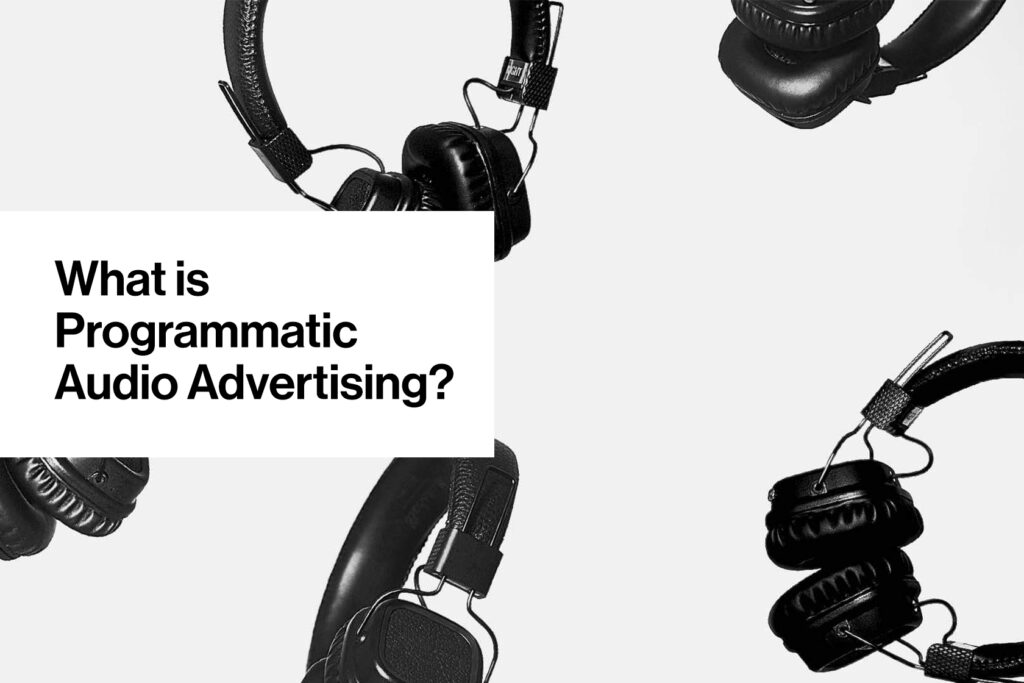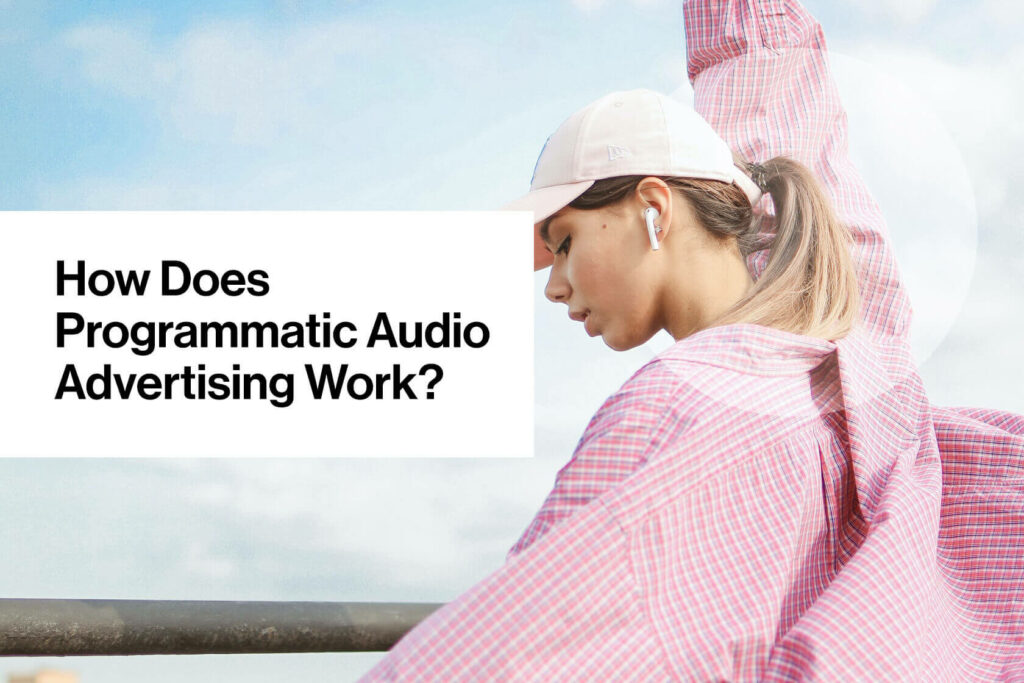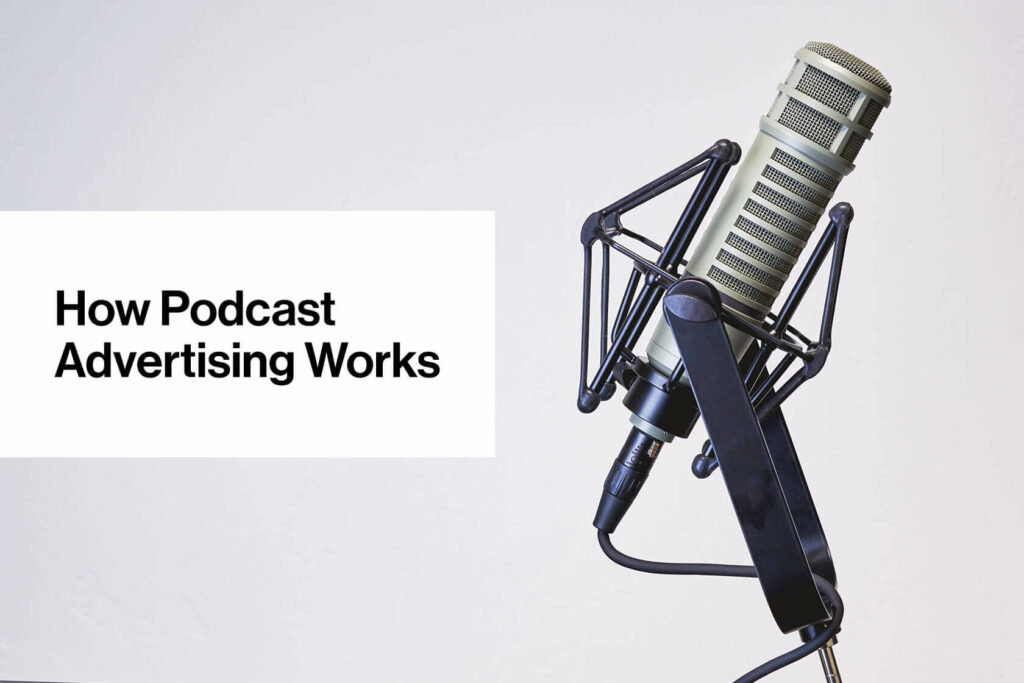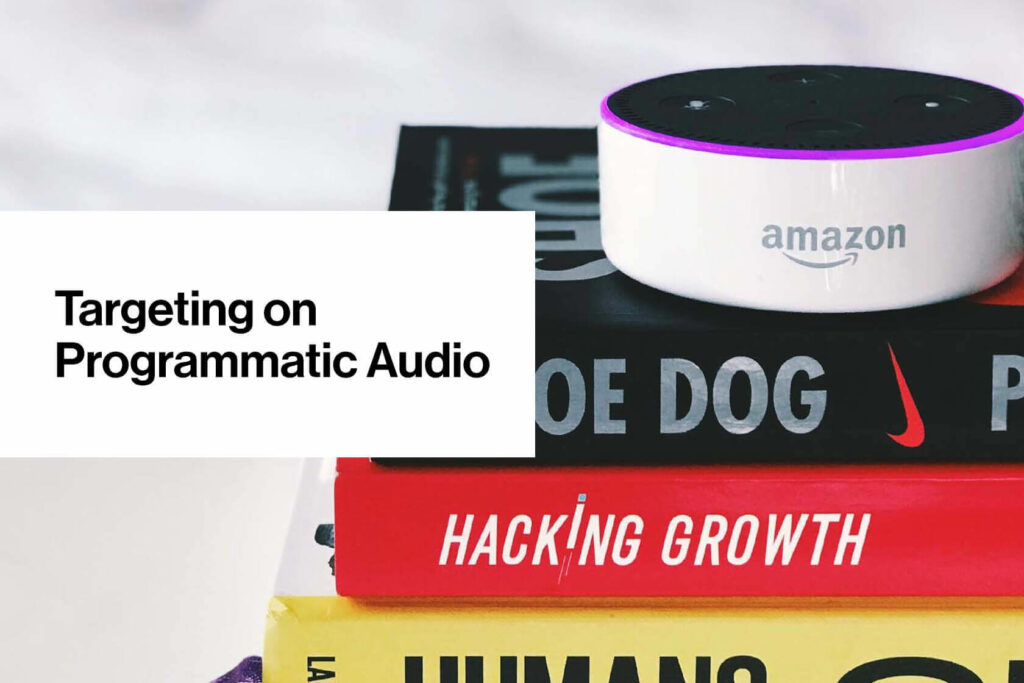With the proliferation of digital audio, podcasts, and streaming radio, the way we listen to content is ever-changing. Today, digital audio reaches a wealth of diverse and highly engaged audiences. Although people still listen to traditional AM/FM radio, content such as podcasts, streaming music, and digital radio are growing rapidly. By 2021, the average US adult will spend 86.88 minutes a day with digital audio, according to eMarketer.
More than three-quarters of US internet users will listen to digital audio formats like podcasts and streaming music at least once a month this year, and when surveyed in early 2019, 60% of Americans 12 and older had listened to online radio within that week. Podcast listeners account for a much smaller portion of the US internet population (26.9%), but this audience is growing the fastest. There are more than 550,000 podcast shows with topics to match any interest.

As consumers move from radio to digital audio, major advertisers are buying fewer and fewer radio ads, and instead are turning to digital to extend their audience reach and increase message frequency. Programmatic advertising has consistently followed prospects to new platforms — from display to video and beyond. If your brand is interested in reaching users across more channels, consider adding digital audio to your programmatic buying strategy.

What Is Programmatic Audio Advertising?
Programmatic audio involves using algorithmic artificial intelligence to buy and sell ads in digital audio content. Programmatic streamlines the ad-buying workflow by strategically delivering ads to users in real-time based on their behavior, all without direct interaction from a brand’s marketing department or the audio publisher selling ad space. When integrated into a larger campaign, programmatic audio can create a cohesive and personalized advertising experience that is more likely to result in conversions.
With programmatic audio, you can buy targeted ads from all the major audio publishers using one system.
Programmatic audio provides a brand-safe, powerful, and measurable opportunity to immerse audiences in your brand. As a marketer, you still have access to actionable insights, transparent reporting, and frequency capping across all channels.Unlike traditional radio ads, digital audio can more definitively target specific locations and tailor messaging to meet marketers’ needs and drive engagement. Digital audio also comes with the following advantages for advertisers:
- Focused listeners: People often listen to digital audio without any other media competing for their attention. This is especially true for podcasts. A focused audience can give their undivided attention to your brand’s ad, giving your message more impact.
- Intimate experience: Many people listen to digital audio using headphones. This creates an intimate bond between the brand and the audience, which makes conversion more likely.
- Resistance to adblockers: Users cannot easily block audio ads like they can with display ads. Incorporating programmatic audio can help you get the most out of your campaign budget.
Digital Audio Listeners Are Highly Engaged
Audio is engaging, emotional, and an entirely different experience for consumers. Because of the nature of the podcast listening experience, for example, the ads, which are designed to seamlessly blend with the content, are more welcome and effective. 78% of listeners actually approve of podcast sponsorship, and 61% pay for a product or service they learned about on podcasts.

How Does Programmatic Audio Advertising Work?
Programmatic audio uses the same programmatic technology we know and love to automate the selling and insertion of ads into audio content, such as podcasts, digital radio, and music streaming services. The bidding, buying and campaign execution process are the same as automated video advertising. The main difference is how you convey your message. In digital audio advertising, your brand’s message will be conveyed entirely through audio.
Your prerecorded message can appear at several different points throughout the media as it plays. Ads can play as pre-rolls, catching audiences before the main event, or mid-rolls, interrupting the show at a midway point to share your message. Pre-rolls tend to be shorter, but they also catch audiences before they leave. Mid-rolls can be longer and reach more engaged users. Each type has its advantages, but pre-roll ads may work best for online radio and music streaming platforms.
The type of audio advertising that will work best depends on the user and the type of audio content your ad will play over. When you use programmatic audio, you won’t need to worry about making these judgement calls yourself.

How Podcast Advertising Works
Podcast advertising options also include pre-roll, mid-roll, and post-roll options depending on when your ad will play. The difference with podcast advertising is that the host of the podcast reads the majority of the ads, and there is no option to track clicks based on any specific ads.
To accurately measure ROI for podcast advertising from a direct response perspective, marketers use specific Promo Codes, vanity URLs, and even checkout surveys. For brand awareness, marketers can measure social media to see if there is an impact following podcast sponsorships.
How Does Audio Fit Into Your Marketing Strategy?
Digital audio has been used in recent years to build holistic, cross-device branding campaigns with audio. Audio is a perfect opportunity to generate brand awareness or to fill the funnel with general prospecting, especially when used in tandem with video, native, and other branding initiatives.
To ensure a cohesive cross-channel experience, consider integrating audio, video, and display with 1st and 3rd party data targeting, measured against digital KPIs including uniques, capping, geo, and demo across media and devices.
- Familiar Branding KPIs: Gross Rating Points (GRP), A/B Testing, Unique Reach, CTR, Completion Rate
- Emotionally Engage Audiences: Tell your story at the right moment in their day
- Cross-Device Targeting: Complement video, native, and other branding initiatives
- Match the Mood: Reach audiences with audio ads that match genre/mood
- Lookalikes: Use lookalike modeling for future prospecting efforts
- Sequential Messaging: With cross-device targeting and attribution, you are able to serve sequential messaging across all channels and devices while managing a frequency cap across the entire buy.
Extending connected TV reach via digital audio is one approach some advertisers take, and it’s a sound one, considering US digital audio listeners will outnumber US connected TV users by 9.7 million this year.

Targeting on Programmatic Audio
Audience targeting on programmatic audio is very similar to the other channels you may already be familiar with, as well as other options to help you match mood, genre, or topic. You can use the same audience targeting parameters from your video, mobile, and cross-device campaigns, or use data from audio partners to target specific genres, playlists, and demographics.
Strategically target premium digital audiences against traditional broadcast parameters, such as day parting, geo, and format, measured against familiar GRP and CPP KPIs.
Let Your Brand Be Heard
Digital audio presents a huge opportunity to build your brand with an audience of engaged listeners. Used appropriately, it can complement your other programmatic advertising tactics to help increase the reach of your omnichannel campaigns.
At AUDIENCEX, we can manage programmatic audio buying on your behalf, so your team can focus on planning successful campaigns. Our tdX trading desk uses a 250-point evaluation to identify the highest-performing digital audio advertising platforms for each specific scenario.
If you are looking for more information about how programmatic audio or podcast advertising can help your company grow, contact us. We’d love to talk about campaign strategy.

